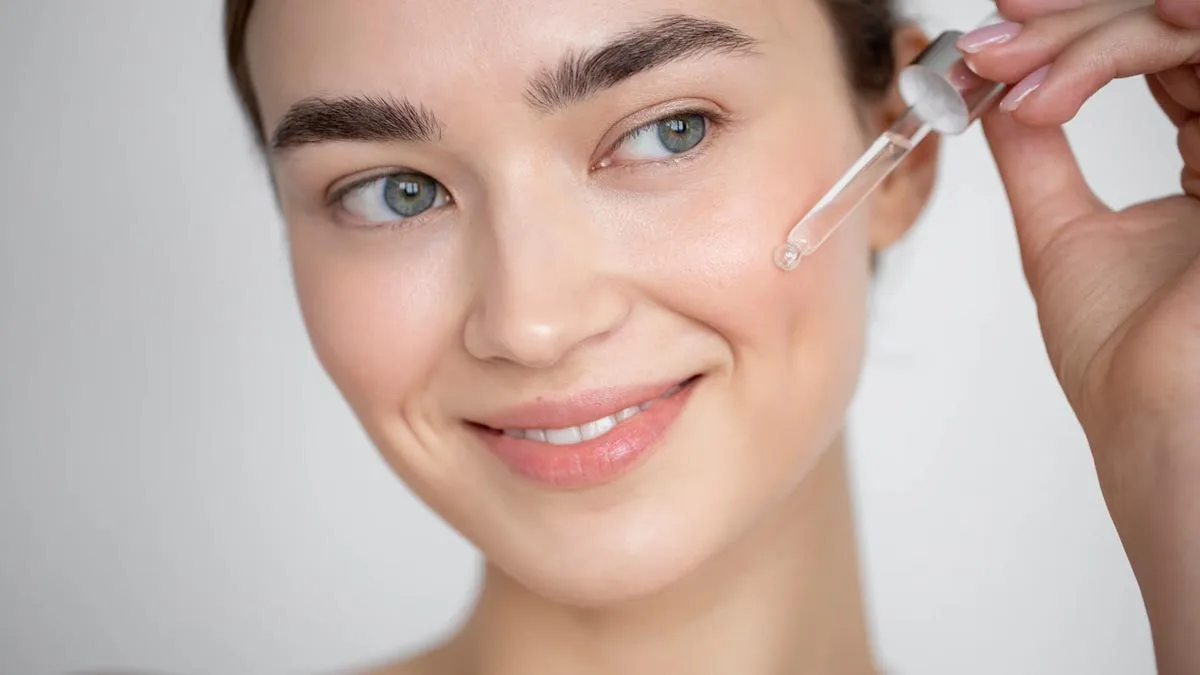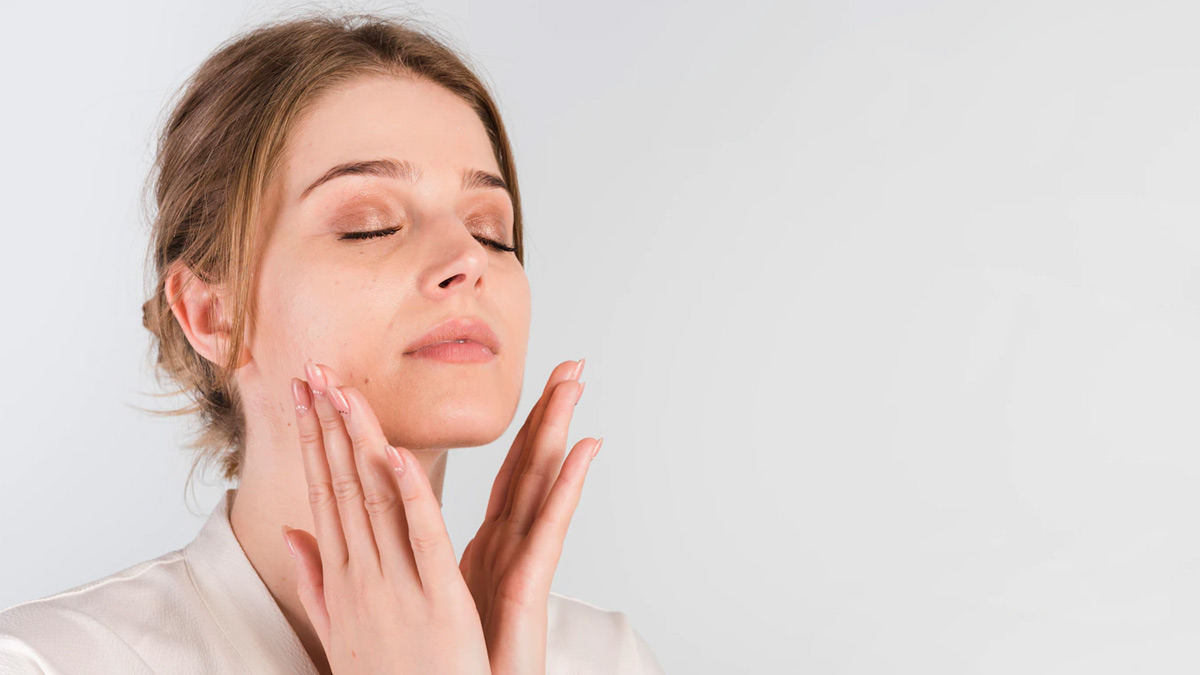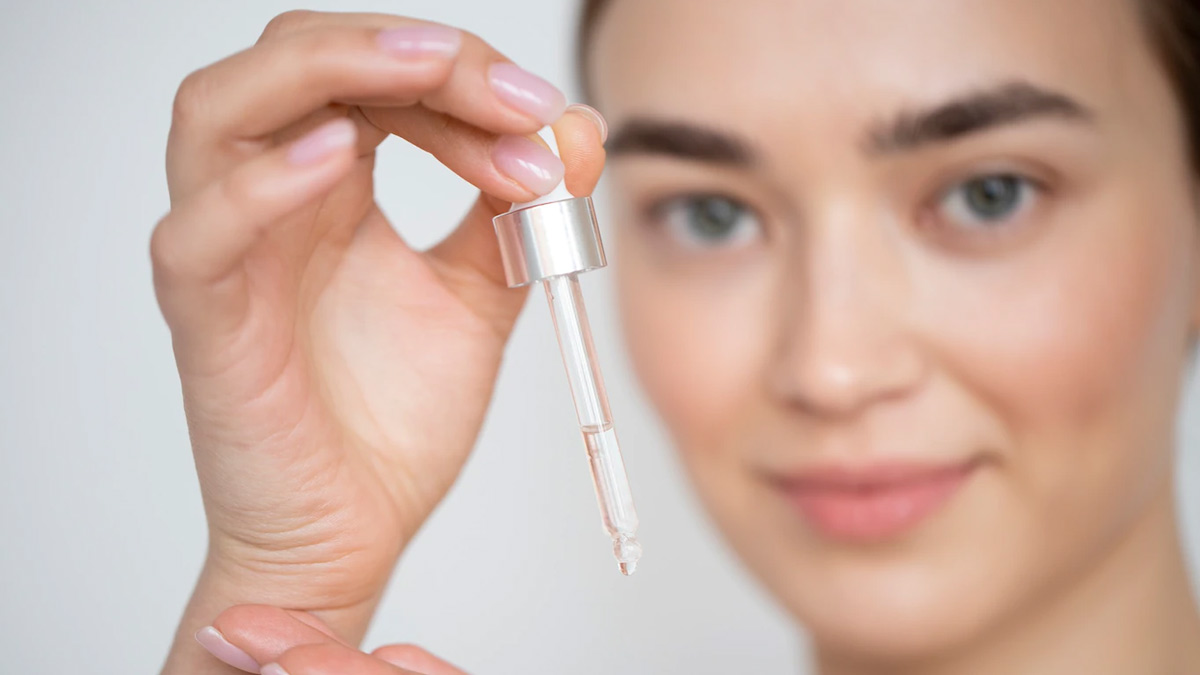
Retinoids are renowned as one of the best anti-ageing, acne, and skin tone evening products in the skincare arsenal. However, if you've begun using them and experienced breakouts, flakiness, or irritation, don't panic because you're not alone. This short-term phenomenon often referred to as retinoid purge is unsettling, but it's often just a part of the skin settling process.
Table of Content:-
Therefore we reached out to our expert, Dr Pravin Banodkar, MBBS, DNB, DD (UK), FIDP Dermatology, Co-Founder and Lead Dermatologist of Skin Beyond Borders, Mumbai. And, he explained that knowing why retinoids make your skin worse before it gets better can help you to remain disciplined and reward you with long-term benefits. Here is what he shared with us.
What Is the Retinoid Purge?
When you begin applying retinoids, such as retinol, tretinoin, or adapalene, they increase skin cell turnover. Your skin is getting rid of old cells and making new ones faster than normal. This sounds wonderful, but it also causes hidden congestion to rise to the surface prematurely, resulting in:
- Breakouts
- Dryness
- Redness
- Peeling
- Sensitivity
“This isn't a sign of damage. It's the skin adjusting to a strong active ingredient,” Dr Banodkar said.
Also Read: Why Is the Supreme Court Pushing For Early Sex Education In Schools? Expert Attempts To Decode

Why Does the Skin Get Worse at First?
Here are a few reasons why retinoids make your skin worse before it gets better:
1. Cell Turnover is Speeded Up
Retinoids drive out blocked oil, dirt, and dead skin cells from deeper skin layers. As everything moves upward to the surface, it can cause pimples and clogged pores, particularly in acne-prone skin.
2. Disruption of the Barrier
“Your skin barrier might feel disrupted initially. Since retinoids are drying, the skin might lose its moisture, leading to flaking and irritation until the skin gets used to it,” he added.
3. Sensitivity is Enhanced
Retinoids sensitise the skin to outside factors such as sun, harsh cleaners, and actives. Studies suggest that's why redness and minor inflammation are usual in the beginning.
4. Adjustment Period
Skin takes time to adjust and develop tolerance. Going in with a high concentration or excessive use raises the potential for irritation.
How Long Does the Purging Last?
The purging stage is usually two to six weeks long based on your skin type, the potency of the retinoid, and usage frequency. If it gets worse after eight to 12 weeks or fresh breakouts occur where you don't normally break out, it isn't purging, it is probably irritation or a reaction.
Also Read: Another Infectious Pandemic? Japan’s Flu Outbreak Sparks Concern Globally

How to Minimise the Side Effects of Retinoids
Here are a few expert-approved ways to minimise the side effects of retinoids:
1. Start Low and Slow
Start with a weak concentration (0.025%–0.05%) and use one to two times a week and increase frequency gradually.
2. The Sandwich Method
Apply retinoid after cleaning and moisturising your face to cushion irritation.
3. Moisturise Liberally
Hydration helps in barrier recovery and prevents flaking. Therefore, use a thick quote of moisturiser.
4. Skip Other Actives Early On
Avoid actives such as AHAs, BHAs, vitamin C, and exfoliating scrubs while during the first few weeks of using retinoids.
5. Use Sunscreen Daily
Retinoids increase sun sensitivity. Therefore, Dr Banodkar suggested that a SPF 30+ is essential.
“If irritation is extreme, decrease use or seek consultation from a dermatologist,” he cautioned.
Why Is Retenoid Worth the Wait
Dr Banodkar highlighted that after the purging period ends, retinoids start showing their full payoff:
- Fewer fine lines and wrinkles
- Faded acne scars and hyperpigmentation
- Smoother, clearer texture of skin
- Oily production in balance
- Decreased breakouts over time
Bottomline
Dr Banodkar concluded by saying that consistency is key, short-term discomfort usually results in long-term outcomes. However, if you experience intense redness, burning, swelling, or persistent breakouts, it may be a sign of overuse, an unsuitable formula, or an allergic reaction. A dermatologist can adjust your routine or recommend a gentler option.
Also watch this video
FAQ
1. How do I know if it's purging or a bad reaction?
Purging occurs on areas you would typically break out and gets better in a couple of weeks, reactions result in chronic irritation or breakouts in other areas.2. Do I have to avoid retinoids if my skin is sensitive?
You may still use gentler versions such as retinaldehyde or bakuchiol and apply them less often to become tolerant.3. Do I need to discontinue retinoids during purging?
Not unless irritation is extreme. Tweak frequency, hydrate more, and allow your skin to adjust.
How we keep this article up to date:
We work with experts and keep a close eye on the latest in health and wellness. Whenever there is a new research or helpful information, we update our articles with accurate and useful advice.
Current Version
Oct 13, 2025 13:09 IST
Published By : Tanya Srivastava